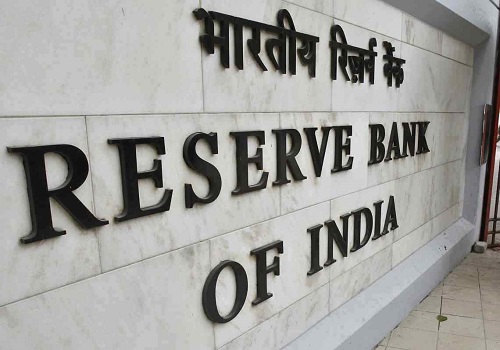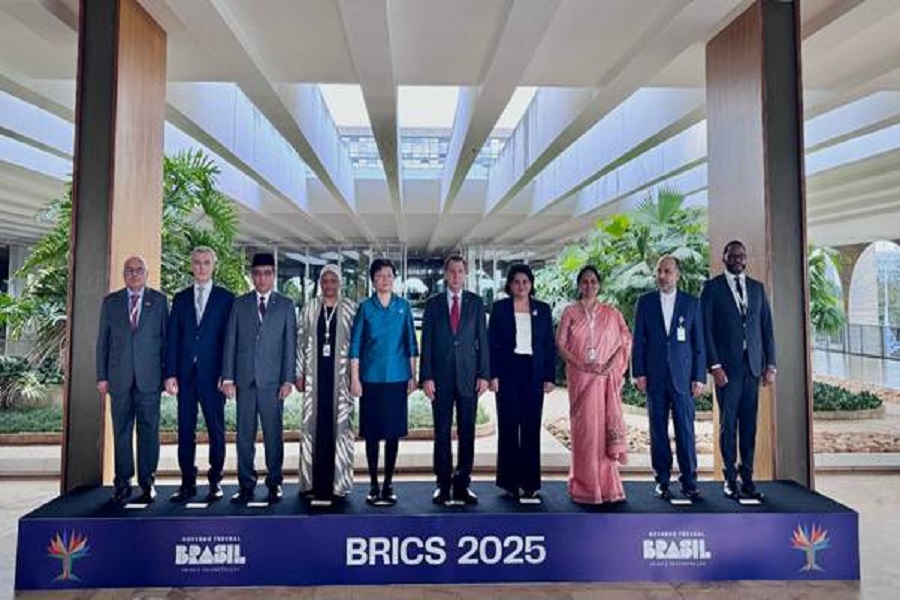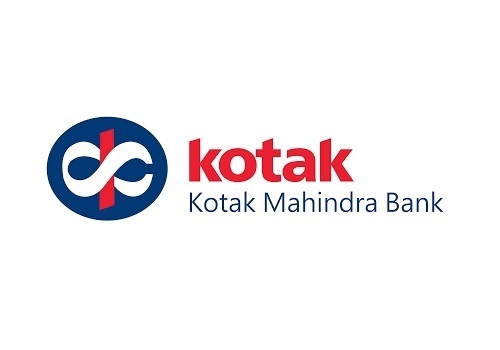Expert Speak : Mr. Pankaj Mohindroo is the Chairman of the India Cellular & Electronics Association (ICEA) by Motilal Oswal Financial Services Ltd

We hosted an expert session with Mr. Pankaj Mohindroo on the positioning of the Indian Electronics sector amid constantly changing tariff environment. Mr. Pankaj Mohindroo is the Chairman of the India Cellular & Electronics Association (ICEA), the apex industry body representing India’s entire Electronics sector. He has been strenuously supporting the Government of India’s vision to establish India as a global manufacturing hub for the Electronics and Components ecosystem. He spoke about the current US tariff changes and potential scenarios that could unfold over the next 90-day period when a tariff breather is granted by the US as well as beyond the 90 days. He also spoke about how the Indian Electronics sector can gain from a potential shift of supply chains in the longer run, especially with PLI on components already in place. The situation has consistently changed over the last three days, with the US initially exempting electronic imports from tariffs while still working on sector-specific tariffs. We believe that the Indian Electronics sector is set to gain from a relative tariff advantage versus China.
Key highlights of the discussion
Immediate outlook for the next 90 days
Discussing the 90-day breather before the final US trade negotiations conclude, Mr. Pankaj clarified that there would not be a rush to export electronics to the US, as most of the products that could be shipped from India to the US have already been dispatched. India has gained a logistics edge, particularly at the Chennai Airport, achieving faster clearance times than even China—down to four hours in some cases. This has helped India fulfill orders rapidly and stock the US market until at least May. He noted that from February to March, India had tariff advantages over China due to staggered increases in US tariffs on Chinese goods. These advantages were well utilized, but moving forward, the key lies in capitalizing on diplomatic agility. The bilateral trade agreement must be concluded quickly to lock in long-term benefits before other nations catch up.
On the possibility of Chinese dumping
Mr. Pankaj categorically denied the likelihood of China dumping finished electronics products in India, except for some IT hardware categories like laptops and tablets. These products are mostly sold by global brands (e.g., HP, Dell), which maintain pricing consistency and are not likely to engage in dumping practices. He differentiated between dumping and diversion, stating that most companies currently manufacturing in China will divert their supply chains to new geographies such as India or Vietnam, rather than flooding India with cheap goods. He also emphasized that dumping is a calculated, longterm strategy typically employed when China targets an industry systematically, not something applicable to the current scenario. India’s anti-dumping mechanisms are vigilant but not directly applicable to this case.
Tariff opportunity and strategic landscape
In a scenario where China has relatively higher tariffs than India, global supply chains can undergo a dramatic shift. He emphasized that India must use this disruption to address deep-rooted economic and regulatory ‘fault lines’ that have historically limited its participation in global trade, especially in Global Value Chains (GVCs). He stated that Indian firms have traditionally been conservative in going global, and this is the time to change that. Geopolitical tensions have paved the way for India to step in as a reliable, scalable alternative to China, especially in electronics manufacturing.
Global supply chain realignment
Regarding the ongoing global supply chain realignment, Mr. Pankaj stressed that the shift out of China is no longer optional for companies targeting the US market. China will continue to serve as a manufacturing base for its own vast domestic market and for regions outside the US, but US-bound production will increasingly move to countries like India. Multinationals are now considering India not just for final assembly but as a comprehensive supply chain hub. However, for this to materialize at scale, India must address its ease of conducting business, simplify regulations, and improve incentives. He underscored that while India currently has a head start, it is a relay race— other nations like Vietnam and Mexico are quickly catching up, and India must act swiftly to maintain its lead.
Manufacturing plan and investment prospects for bigger players
Companies like Samsung and Apple already have substantial manufacturing setups in India, and while some expansion may happen, most players will adopt a cautious approach in capex decisions until the 90-day window ends. The real momentum is expected in sub-assemblies and components such as display modules, camera modules, battery cells, and PCBs. These can be established in 3-6 months, while more complex core components might take 9- 12 months. Importantly, he highlighted that the government’s recent PLI schemes for components and subassemblies are timely and will significantly support these developments versus other countries. While large-scale expansion may not happen immediately, groundwork is being laid for sustained growth depending on how the tariff situation unfolds. Similarly, for capex in the US, it will not happen immediately for large volume-related electronics devices, such as iPhone and mobile phones, but can begin with semiconductors.
Component policy and semiconductor fabs
When asked about the status of display and semiconductor fabs, Mr. Pankaj clarified that the current PLI scheme does not cover fabs. Semicon 2.0 (on fabrication) is still under discussion and is part of a long-term industrial strategy. He stressed that while fabs are crucial, they are not central to the short-term geopolitical dynamics. The primary focus should be on immediate opportunities in sub-assemblies and component manufacturing, which can rapidly elevate India’s status in global electronics manufacturing without the need for massive investments and timelines associated with fabs.
Growth outlook and strategic confidence
Mr. Pankaj expressed strong confidence in his assessment that the Indian electronics manufacturing sector is on an ‘up only’ trajectory. He projected an increase from USD140b today to USD500b by 2030. Mobile phones alone could reach USD100b. He expressed strong optimism (with a 90% probability) that the bilateral trade agreement with the US will be favorable for India, noting that all stakeholders, including government bodies, are united and strategic in their approach. India has taken a focused approach with well-aligned strategic efforts from both policymakers and industry to secure long-term gains.
For More Research Reports : Click Here
For More Motilal Oswal Securities Ltd Disclaimer
http://www.motilaloswal.com/MOSLdisclaimer/disclaimer.html
SEBI Registration number is INH000000412

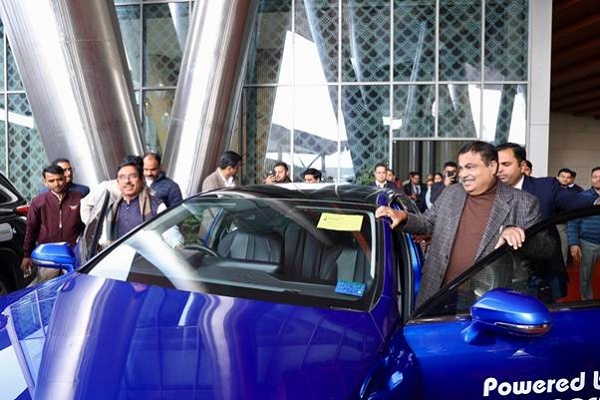
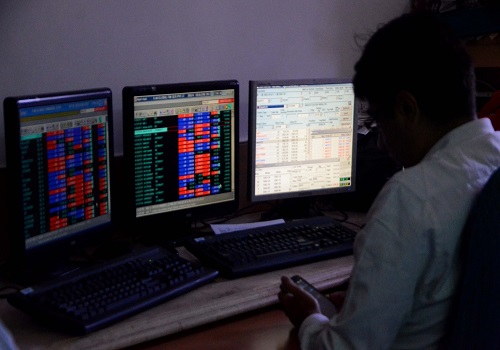



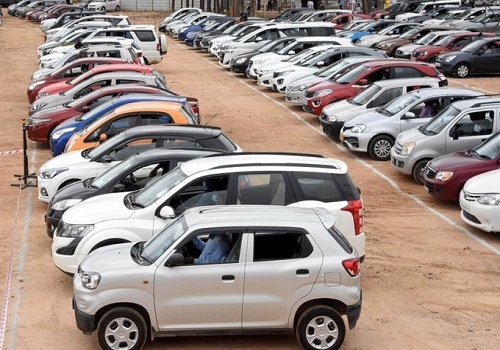
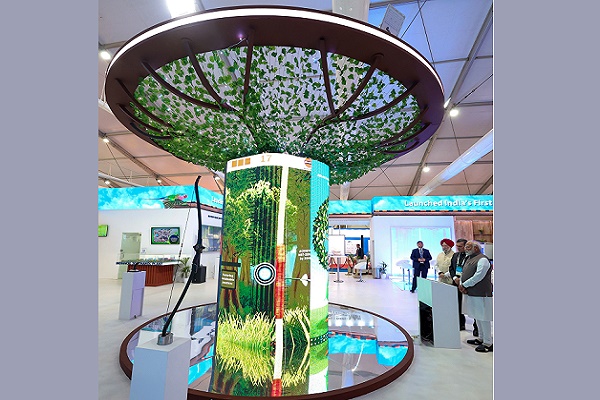
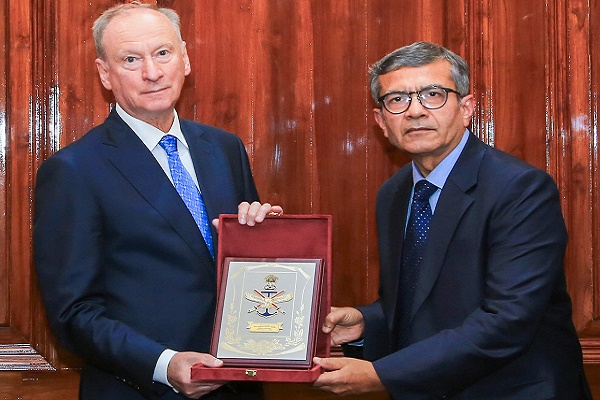

More News

MOSt Market Roundup : Nifty Opens Positive, Dips to 22250, Then Stages Strong Pullback - Mot...







